Introduction
Color fastness is how well a fabric’s color protects against washing, sunlight, and friction. It measures resistance to fading or bleeding. Also, It ensures the longevity and integrity of the fabric’s color under different conditions. It measures how fast or permanent a color is on the fabric.
Importance of Color Fastness in Textiles
It is paramount in textiles and cannot be emphasized enough. Consumers want their clothes to keep their colors vibrant. They don’t want colors to fade from everyday wear. High color fastness keeps customers happy. It also makes the textile product last longer. It also enhances the overall appearance and perceived quality of the product.
Overview of the Factors Affecting Color Fastness
Several factors can affect the color fastness of textiles. The type of dye used, the method of dyeing, the type of fabric, and post-dyeing treatments all play a role. Sunlight exposure, washing methods, and harsh detergents can impact it. These external factors affect how well colors keep their vibrancy. These elements can cause fading or alteration in the hue of fabrics over time.
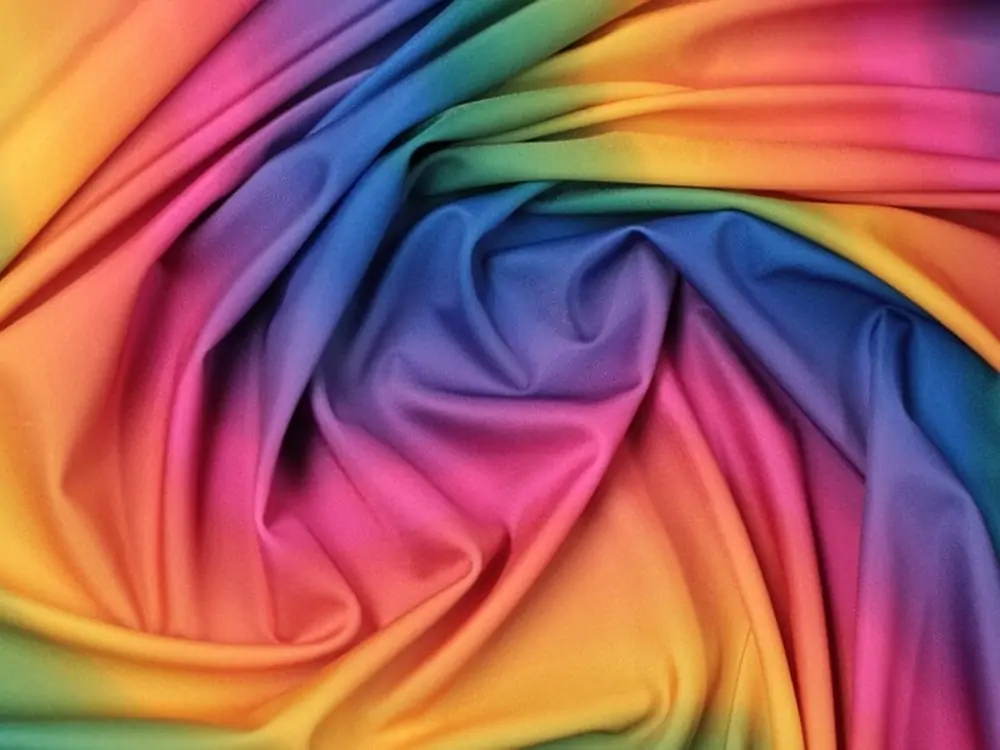
What is Color Fastness?
It is a crucial quality indicator in textiles. It quantifies a material’s resistance to color fading when subjected to external influences. During production and use, textiles face the stress that can lead to color changes. Both color bleeding (intake and loss) are common but undesirable. Early assessment of this quality is essential.
Definition and Explanation
Colorfastness is how well a fabric holds its color over time. It’s about how resistant the fabric is to various factors it might face. Apparel faces challenges like light exposure, dye loss during laundering, and rub fastness. Additionally, factors like perspiration and thermal stability also impact garment quality. In simple terms, it ensures that fabric colors won’t fade or run with washing or wear.
Importance in the Textile Industry
- Quality Assurance: High colorfastness ensures textiles meet their intended purpose.
- Consumer Satisfaction: Durable, fade-resistant fabrics satisfy consumer expectations.
- Aesthetic Appeal: It maintains product appearance after laundry processes.
Types of Color Fastness
It is crucial for maintaining vibrant hues in fabrics. Here’s a breakdown of its types:
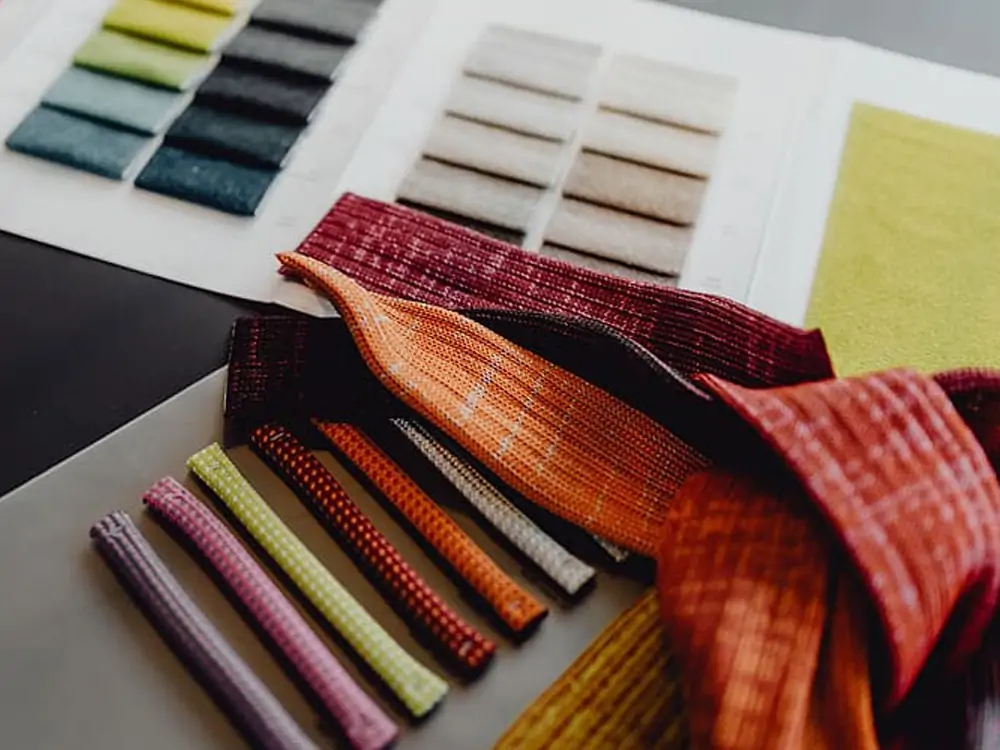
Wash Fastness
Wash fastness preserves colors through washing cycles.
- Definition and Significance: It’s about how well fabric keeps its color when washed. This matters because people want their clothes to look good after washing. It’s crucial for ensuring longevity and appearance retention of garments.
- Testing Methods: Standardized tests like AATCC 61 check wash fastness. They simulate washing conditions to assess color retention.
Light Fastness
Light fastness protects colors from fading due to sunlight exposure.
- Definition and Significance: Light fastness shows how well a fabric resists fading. It tells us if the fabric can keep its color when exposed to sunlight or artificial light. It’s vital for preventing color degradation in textiles.
- Testing Methods: Methods like ISO 105-B02 gauge light fastness. Samples undergo exposure to light, assessing color changes over time.
Rub Fastness
Rub fastness measures color retention against friction and abrasion.
- Definition and Significance: It considers the fabric’s ability to prevent color transfer. Rub fastness is essential for maintaining colors during wear and use.
- Testing Methods: Techniques like AATCC Test Method 8 test rub fastness. Rubbing fabric samples against a standard surface assesses color transfer.
Factors Affecting Color Fastness
Color fastness, a vital aspect of textile quality, hinges on various factors. Understanding these influences helps in producing durable and vibrant fabrics.
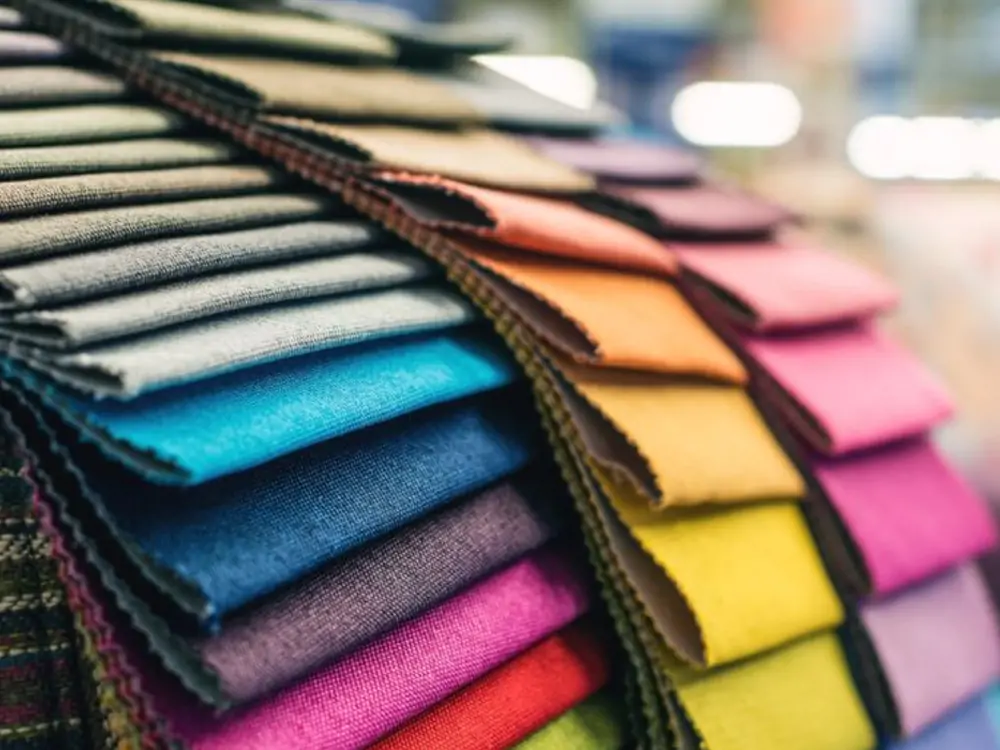
Fiber Type
Different fibers absorb and retain color differently. Cotton and polyester exhibit distinct color retention properties. Wool maintains colors well due to its natural properties. Synthetic fibers like polyester also hold colors effectively.
Dyeing Method
Dyeing techniques impact how colors bond with fibers. Proper dyeing enhances color fastness. Direct dyeing methods penetrate fibers for lasting colors. Reactive dyes form chemical bonds with fibers, enhancing their durability.
Environmental Factors
Environmental conditions influence color fastness. Sunlight exposure can fade colors over time. Humidity and temperature variations affect color retention. Proper storage can mitigate environmental impacts.
Fabric Construction
Fabric structure plays a crucial role in color fastness. Tight weaves enhance color retention. Loose weaves or knits may lead to color fading. Fabric density affects dye penetration and adhesion.
Understanding these factors empowers manufacturers and consumers alike. Choosing fabrics based on these considerations ensures longevity and color vibrancy.
Testing and Standards
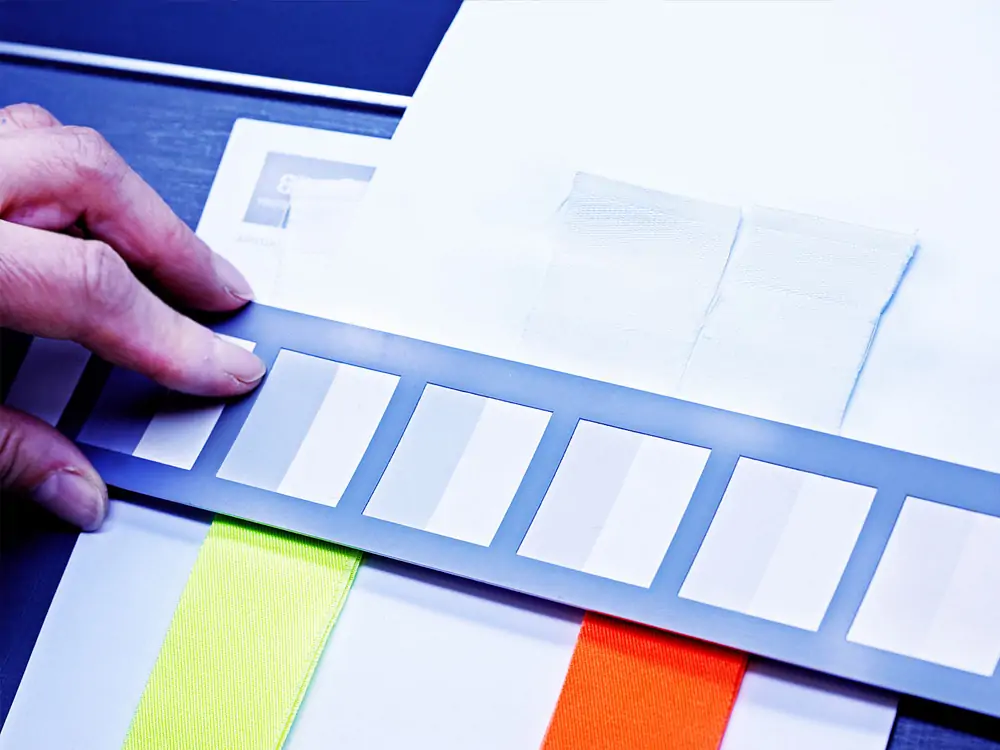
Standardized Testing Procedures
When it comes to testing fabrics, we follow standardized methods. These tests help us understand how materials perform under different conditions. Let’s explore typical testing methodologies:
- Color Fastness Testing: We test the long-term color retention of a fabric. Methods include washing, light exposure, and rubbing tests.
- Strength and Durability: We measure fabric strength using tensile tests. This aids in comprehending the amount of force a material can endure before tearing.
- Abrasion Resistance: Abrasion tests simulate wear and tear. We rub fabrics against rough surfaces to see how they hold up.
International Standards
Various organizations set the bar for quality and safety. Here are a few key players:
- ISO (International Organization for Standardization): They create global standards for everything, including textiles. ISO 105 outlines colorfastness tests.
- AATCC (American Association of Textile Chemists and Colorists): AATCC methods cover colorfastness, shrinkage, and more.
- BS (British Standards): The British know their textiles! BS EN ISO 105 is a go-to for colorfastness testing.

Fabric Construction
How Fabric Structure Affects Color Fastness
Fabric construction matters. Let’s explore how it impacts color retention:
- Weave Patterns: Twill weaves hold color better than loose plain weaves. The tightness matters.
- Fiber Density: Dense woven fabrics, like cotton, keep their color longer. Loose fabrics, like linen, don’t hold onto color as well.
- Surface Texture: Rough textures may abrade color. Smooth surfaces fare better.
Remember, quality fabrics start with thorough testing and adherence to international standards. Happy fabric hunting!
Role of Color Fastness Across Industries
It is important for things like clothes, home decorations, and car fabrics. It means making sure the color of the fabric doesn’t fade or change over time. Let’s delve into the significance of it in these industries:
Apparel Industry:
In clothing, color fastness ensures colors stay vibrant. It prevents color bleeding and fading in garments. This is vital for maintaining the quality and appearance of clothing items. Consumers expect their clothes to keep their color through washes. It guarantees longevity and customer satisfaction. It’s a crucial factor in determining garment quality.
Home Furnishing:
Colorfastness is also crucial in home furnishing. In upholstery, it ensures that fabrics withstand frequent use and cleaning. This is important for keeping furniture looking nice. It also plays a significant role in home décor items. From curtains to cushions, it ensures colors remain vibrant. It contributes to the general ambiance and style of a living space.
Automotive Textiles:
In the automotive industry, color fastness is vital for vehicle interiors. Fabrics used in car seats and interiors are subjected to various conditions. It makes sure colors stay strong and nice-looking. It stops colors from getting lighter because of sunlight and cleaning stuff. This is essential for maintaining the aesthetics and value of automobiles. This quality in automotive textiles ensures a premium look and feel.
Strategies for Improving Color Fastness
In the realm of textiles, it reigns supreme. For fabrics to maintain their vibrancy over time, strategic measures are essential. Let’s explore three key strategies for achieving optimal color fastness:
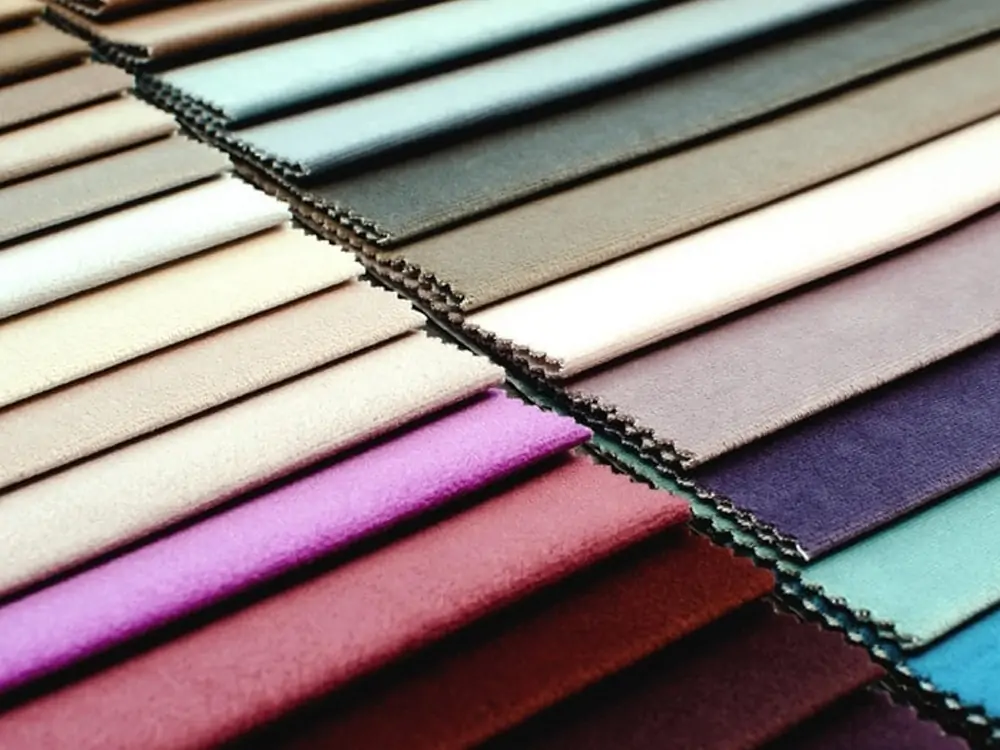
Proper Fabric Selection
Choosing fibers and fabrics wisely is crucial. It’s the first step toward ensuring superior color retention. Opt for materials renowned for their high color fastness. These include polyester, nylon, or solution-dyed acrylics. These fibers have inherent properties. They resist fading, even after repeated washing or exposure to sunlight.
Quality Dyeing Techniques
The dyeing process plays a key part in determining a fabric’s colorfastness. Advanced dyeing techniques include solution dyeing or vat dyeing. These techniques ensure deep penetration of color pigments into fabric fibers. This deeper penetration makes the dye stick better to the material. This means the color stays bright for a long time.
Finishing Treatments
After dyeing, applying finishing treatments further fortifies the fabric’s colorfastness. Resin finishing and fluorocarbon coating creates a protective barrier. This shield protects the fabric from things that can make its color fade. It also helps stop water and stains from ruining it.
They help prolong the lifespan of the fabric’s vibrant hues.
Manufacturers integrate strategies into textile production processes. This helps offer consumers fabrics that keep colors impeccably. Products, from apparel to upholstery, have superior color fastness. This makes customers feel good and happy. It keeps things looking nice and working well for a long time.
Conclusion
In conclusion, color fastness is crucial for vibrant textiles. It ensures long-lasting colors in various industries like apparel, home furnishing, and automotive. By understanding it, manufacturers can produce durable products. Consumers enjoy textiles that keep their colors over time. Implementing strategies like proper fabric selection and quality dyeing techniques improves it. Standardized testing procedures and international standards ensure reliability. Prioritizing it enhances the overall quality of textiles. Both manufacturers and consumers need to value it. With its significance in mind, let’s embrace vibrant and enduring textiles.
For more environmental test chamber, Please visit: https://chiuventionclimatechamber.com
For more environmental test simulation programmes,environmental testing knowledge, instrument knowledge, and environmental testing laboratory knowledge, please contact us: [email protected]